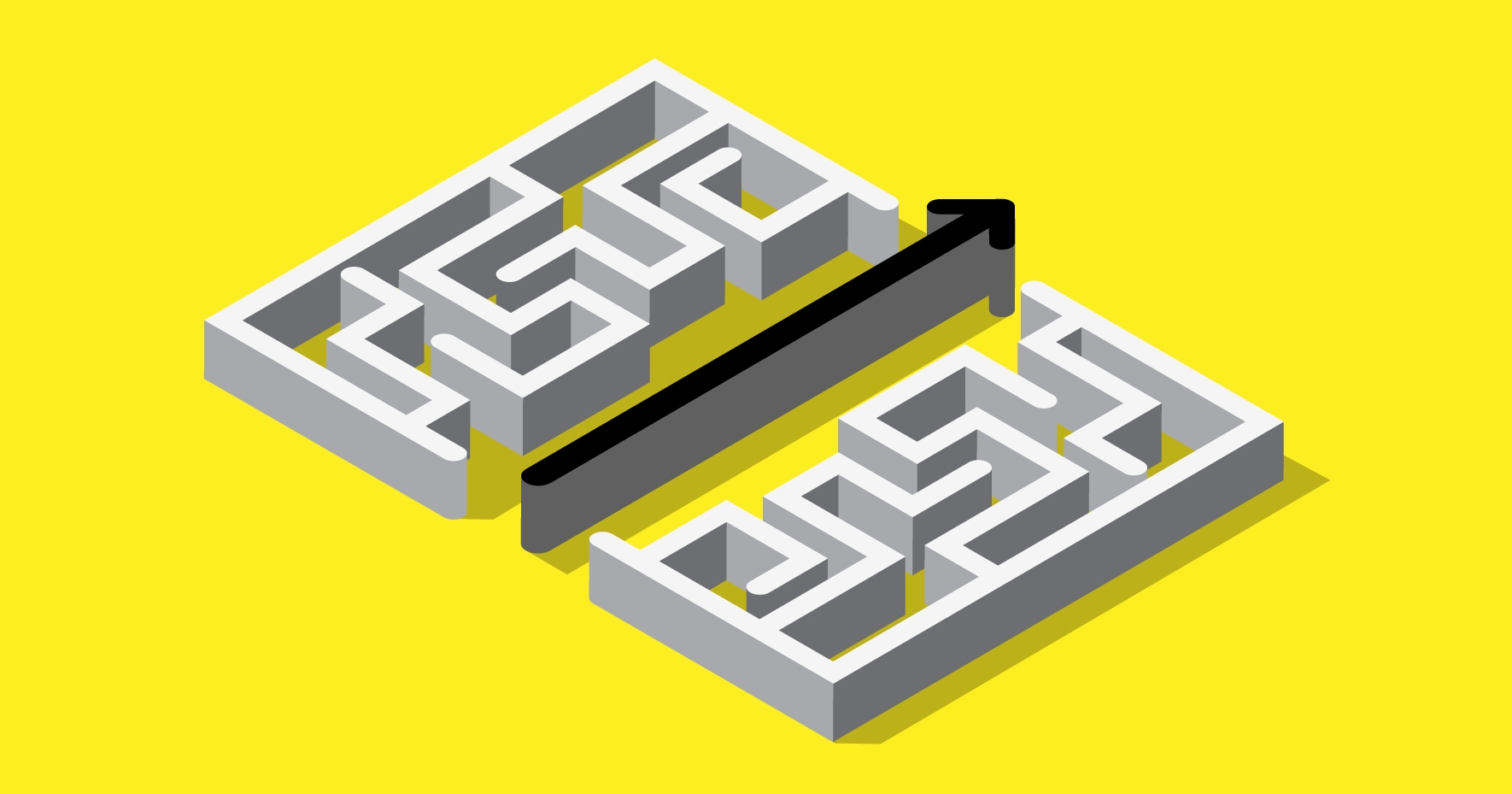
The Science of Simple: Why Streamlined Brands Win in Crowded Markets
You only need to open the TikTok app to experience it - the noise of modern living. Whether you’re catching a bus, listening to a podcast or enjoying a series on YouTube, you can’t escape the clamour.
This, on top of busy lives, is throwing customers into psychological overwhelm. With barely enough time to go to the loo between back-to-back Zoom meetings, they’re lacking the brain space to take in information and make decisions.
This mental shift means shouty, overcomplicated brands are losing out. Instead, brands that keep their marketing and UX simple are cutting through the chaos straight to customers. Here, we explain why this isn’t just a theory, it’s a scientifically proven approach.
The Neuroscience of Simplicity
There are a few psychological theories which reinforce the benefits of a simple brand.
Cognitive load:
Ever been trying to get multiple tasks done while working from home. All the while your WhatsApp groups are constantly pinging, your other half is asking questions and your boss is calling you for a project update? Then you’ll likely have experienced cognitive overload.
The modern world is endlessly testing mental limits, with little space for recovery. While in these states, humans have limited capacity to process any new information. Simple brand messages, designs and propositions are therefore more likely to be understood and retained.
Decision fatigue:
From the big calls at work to running a family and even what they want for dinner, busy people have a lot of decisions to make. Especially as there are a lot more choices out there (just look at how many different tins of beans are available in the supermarket).
One study found 74% of people are making ten times more decisions each day than they were three years ago. Giving these people one more choice could lead to ‘paralysis’, indecision or a negative effect on their wellbeing which will then be associated with your brand. Instead, successful brands present evidence clearly and make choices transparent and simple.
The “processing fluency” effect":
Despite the fancy name, this effect essentially means ‘people like things they can easily understand’. It’s also a bias which says ‘if it’s easier to understand, then it must be better’. Prices in round numbers, clear language and examples or case studies that customers have a frame of reference for can all make a brand easier to understand.
An effortless experience doesn’t just make customers more likely to choose you, but view you positively in the long-term too. Simple brands attract feelings of familiarity, as well as lighten their customers’ cognitive load.
Why Simplicity Builds Trust
Just as an overloaded brain can feel confused and lack focus, so can an overcomplicated brand. This can make buyers feel uncertain, making them swerve rather than engage.
Instead, by actively reducing cognitive load, minimising decision fatigue and taking the bias of the processing fluency effect into account, simple brands come across to customers as helpful, trustworthy and, ultimately, the best option. Simplicity builds customer confidence, which is particularly important in service-based industries, where a good reputation is essential.
Mental health app Headspace fully leveraged this power. The simple orange smiley logo and calming voices of the practitioners are just the start of this brand’s friendly approach. This stood out from previous meditation apps, which promoted their long, complex sessions with spiritual jargon and imagery.

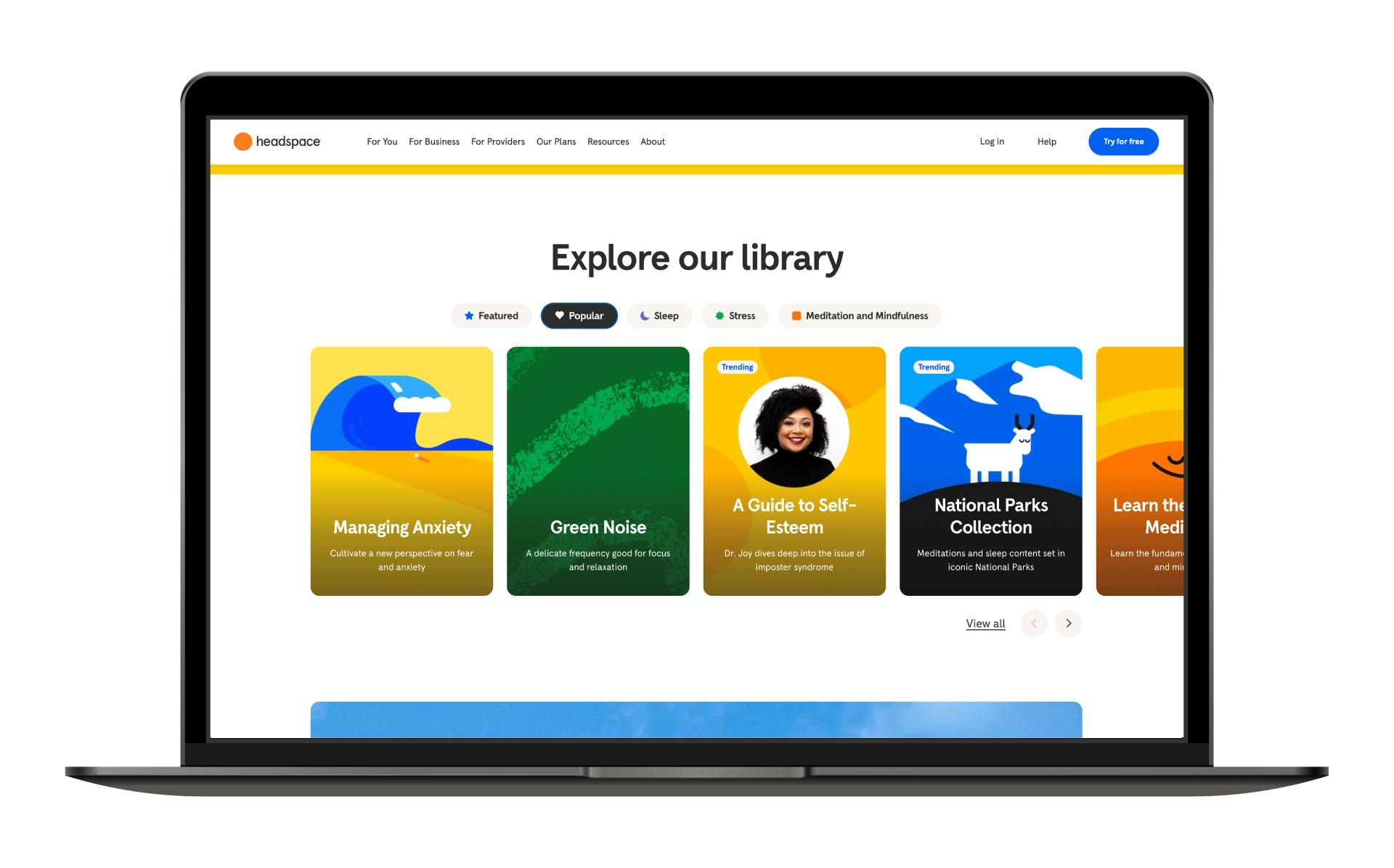
The Headspace experience itself is very straightforward. Simply select a session by need (e.g. to sleep soundly or reduce anxiety), plug in your headphones and you’ll feel better within ten minutes. This approach demystified meditation, made it accessible and a handy tool even busy people can work into every day.
Simplicity as a Differentiator in Crowded Markets
Competition is fierce in industries like aesthetics, tech and fitness. Yet many are offering the same USPs, whether its discounts or better results. Often, each product has its own messaging, imagery and benefits that are jumping over one another in communications. Particularly in these spaces, brands that restrain themselves from shouting about everything stand out.
This includes Dr. Barbara Sturm, a skincare brand that embodies quiet luxury. While competitors are calling their products ‘anti-aging super boost hydro serum’, this brand calls them simply ‘cleanser’ or ‘face cream light’. For each product, active ingredients, usage directions and benefits are clearly communicated with simple language and concise bullet point text.
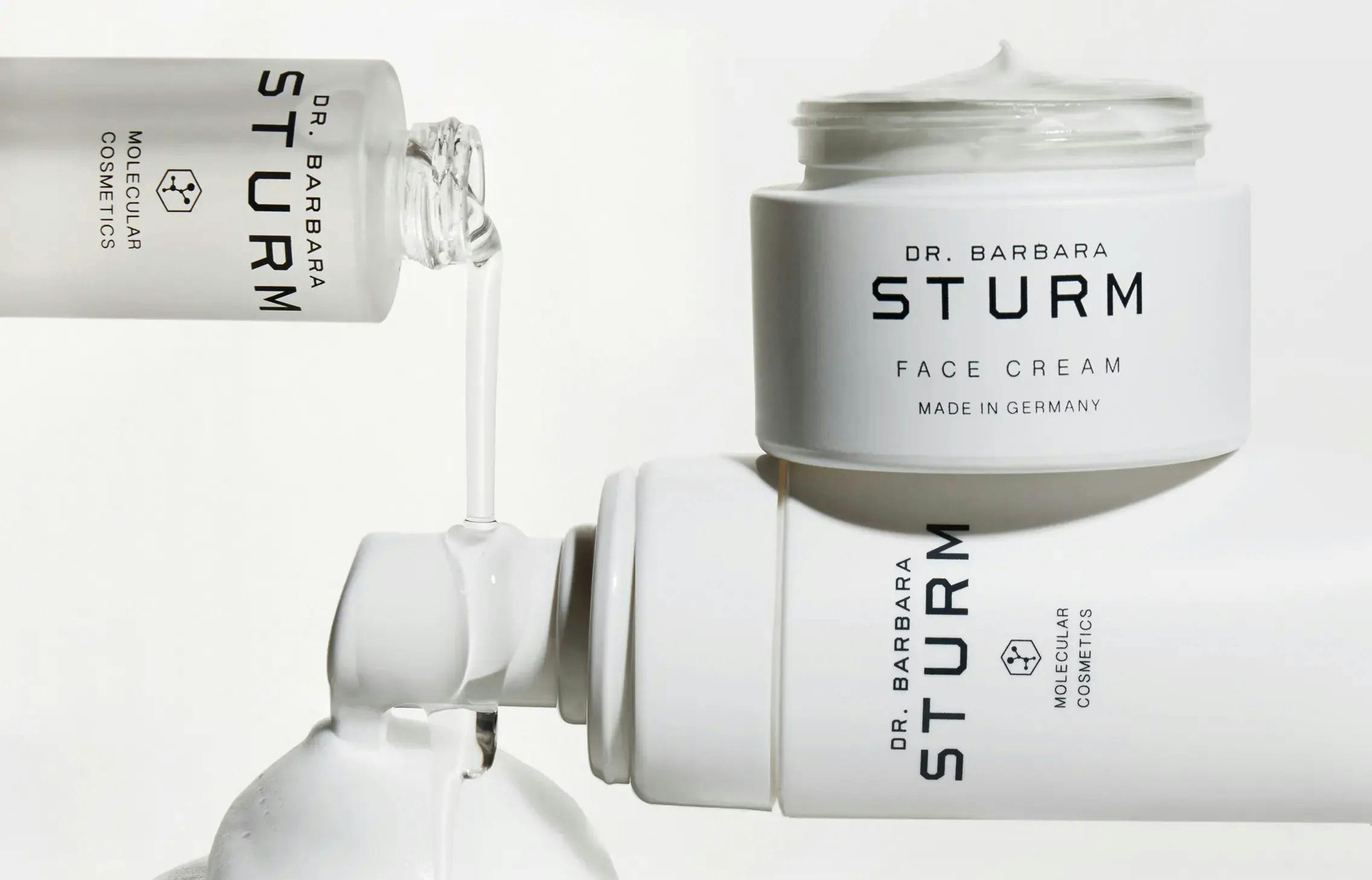
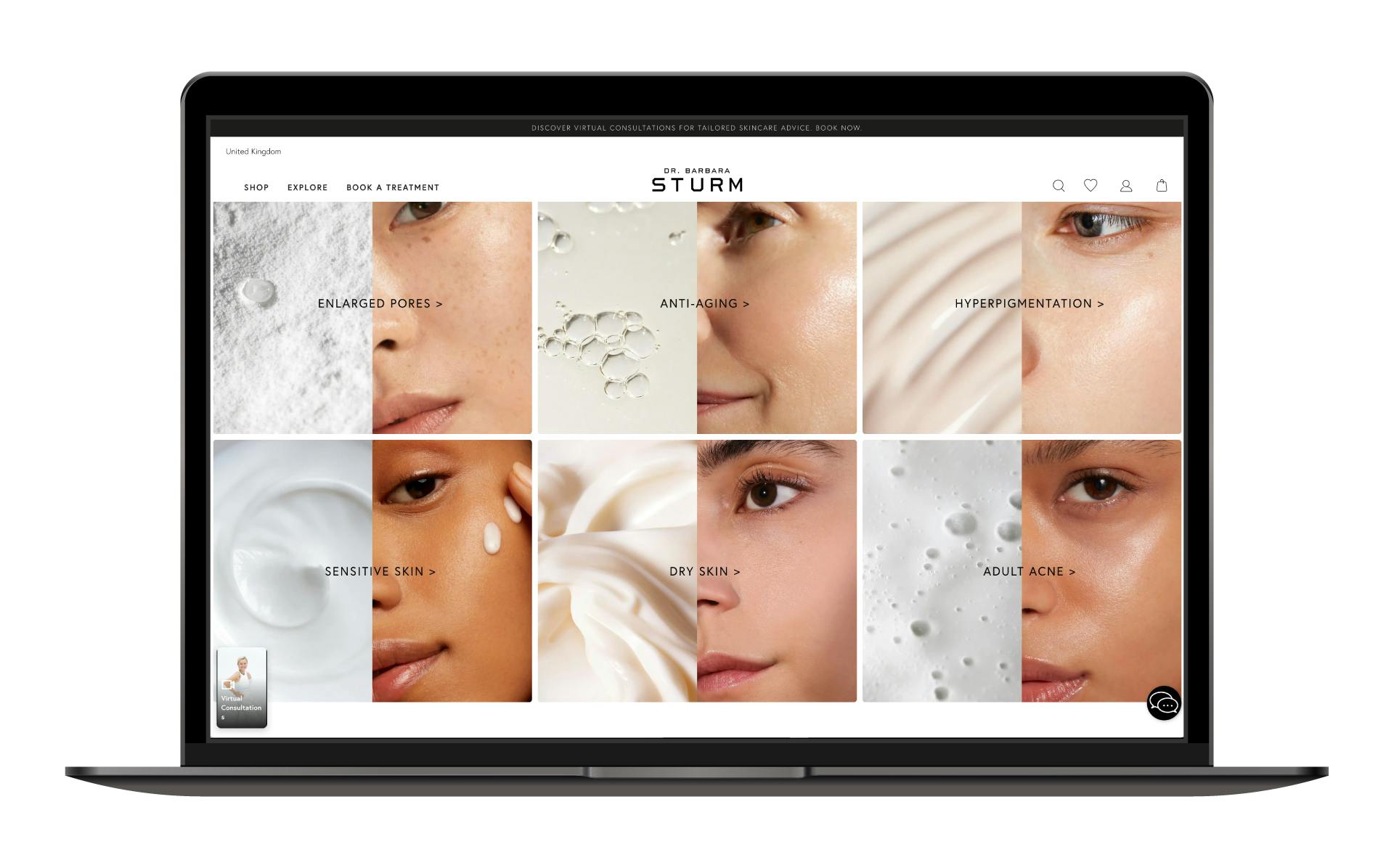
This understated branding style translates through to the photography and product design, which is clean, bright and minimalist. With no extravagance or heavy embellishment, the colour palette, typography use and image stylisation is sophisticated and creates a premium brand that’s attractive to discerning customers.
The Link Between Simplicity, Conversions and Growth
If a simple brand doesn’t translate into a straightforward user experience, then all your hard work could quickly come undone. This is particularly important for websites, where visitors want to be able to find what they need (whether that’s information, products or help) as quickly and easily as possible. Simplified websites with clear visuals and copy reduce bounce rates and drive action.
Just like their stores, on IKEA’s website, you know exactly where to head next (although you don’t always end the visit with meatballs). With simple navigation, room or product-based selections and subtle offers, the site is super easy for the 200 million monthly visitors to find exactly what they want.
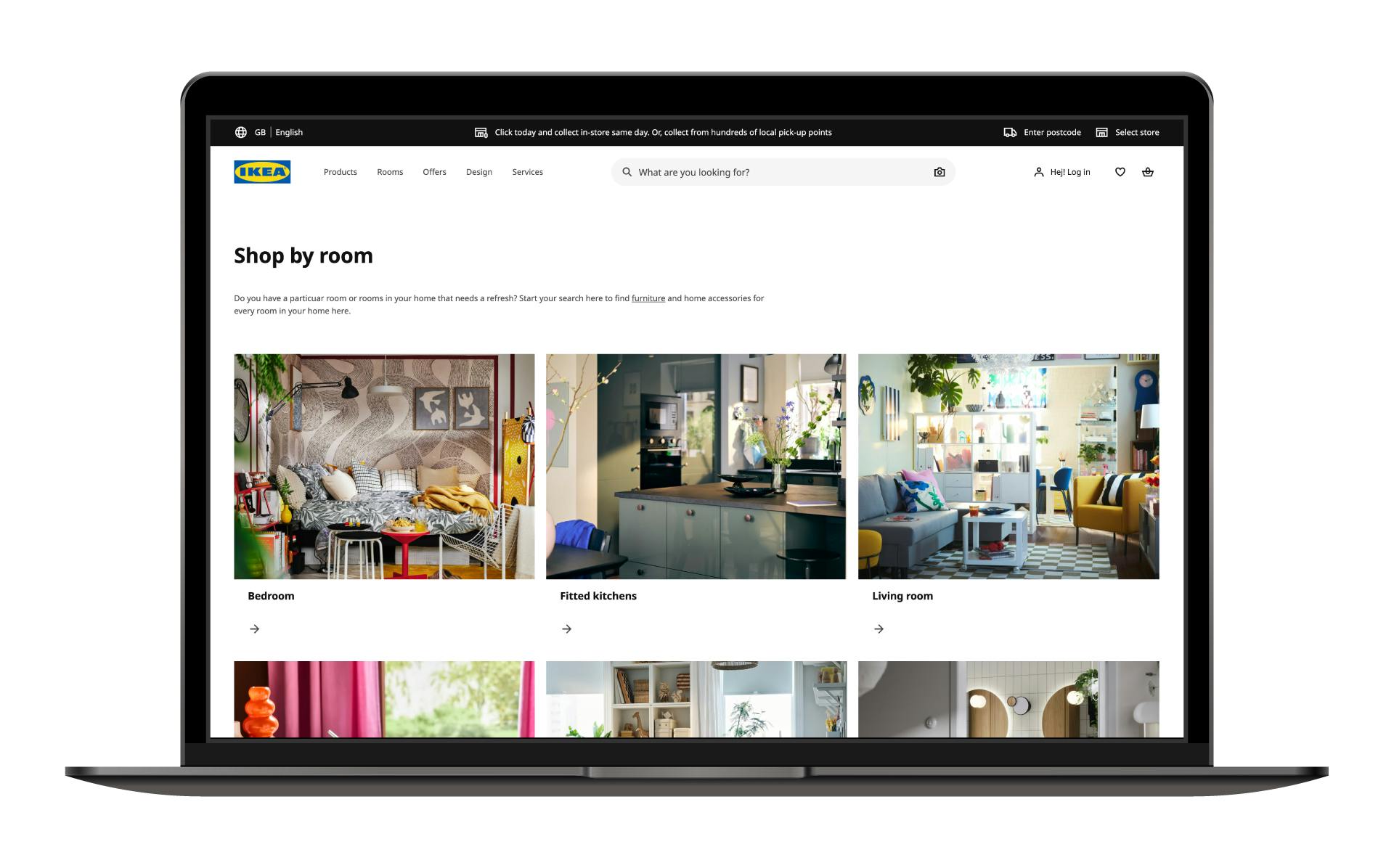

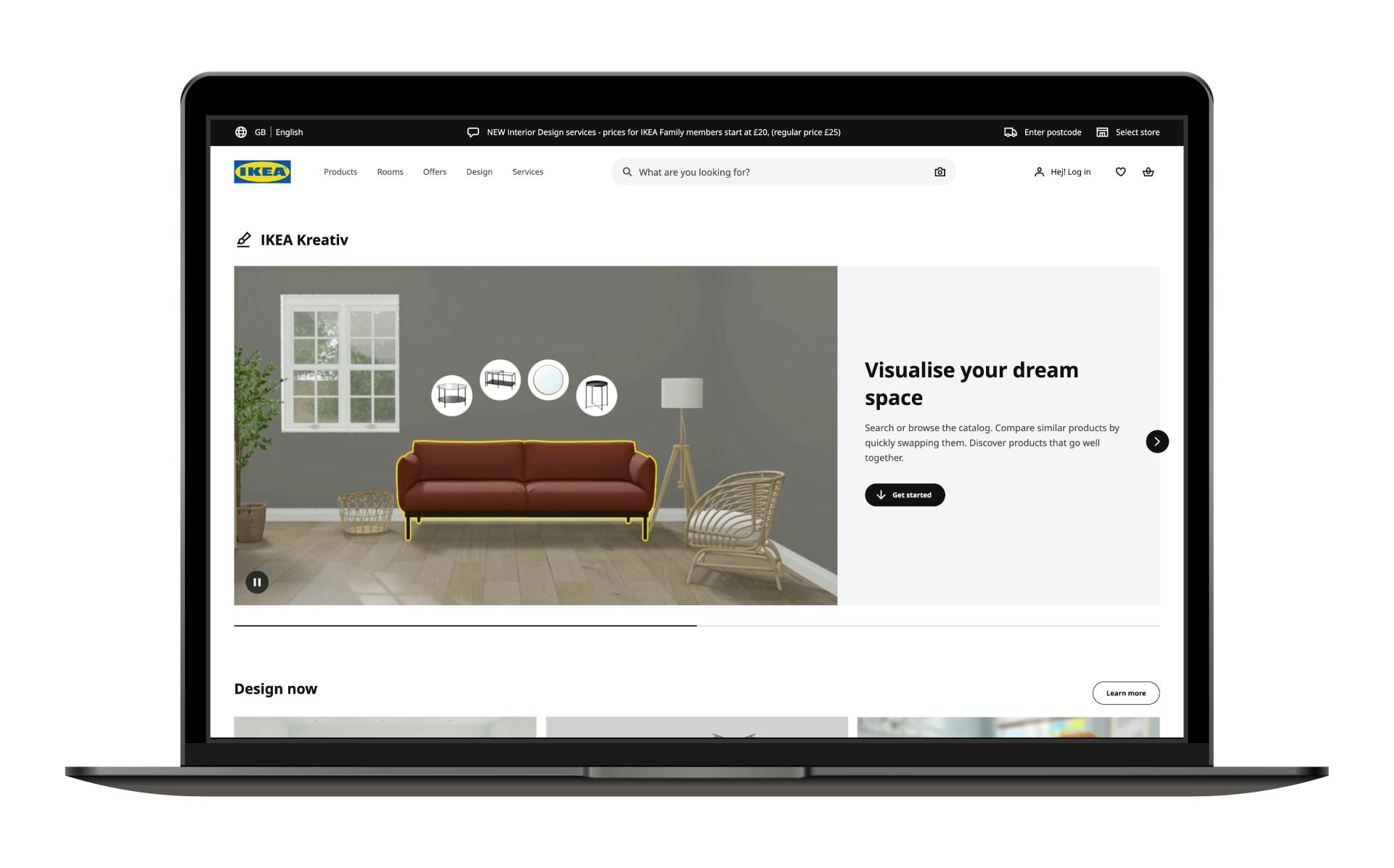
Even one of the most challenging aspects of homeware shopping - visualising products in your own home - is made easier with ‘get the look’ images overlaid with digital pinpoints and a revolutionary AI discovery tool. Content also helps solve some of the most difficult interior design issues, such as ways to use your under-stairs space, divide your rooms or find more storage.
IKEA has carried its philosophy of user-friendly flatpack furniture - designed to be accessible to everyone - through every part of its brand and digital experience. From store to website, ease-of-use and customer-centric design sit firmly at the heart of the business.
The Danger of Oversimplification
In 2009, juice giant Tropicana launched a complete US packaging redesign to make it more modern, clean and fresh. This involved replacing the iconic orange and straw with a minimalist glass of orange juice. Typography was stripped down to a plain, sans-serif font and the colour palette softened in search of a sleek, “simplified” aesthetic.
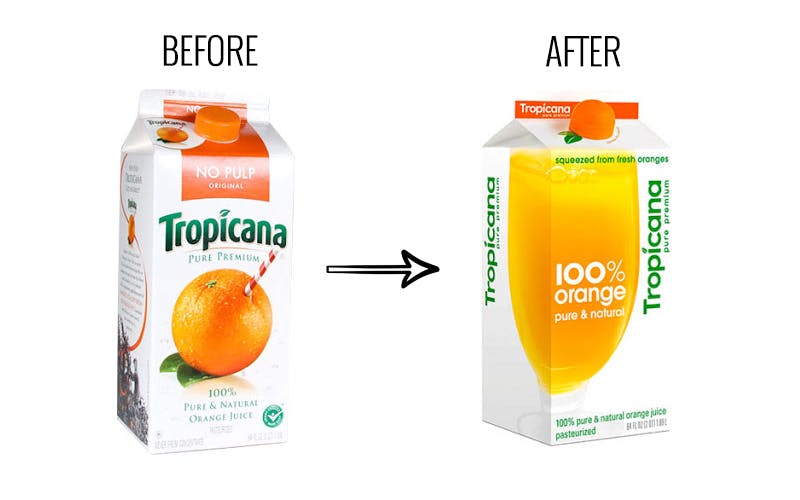

However, the redesign erased the brand equity Tropicana had built over decades. Consumers who had grown up recognising the orange-and-straw imagery simply didn’t see Tropicana on the shelf anymore. Instead, the cartons looked generic, more like supermarket own-brand juice than a premium option. The result of this was:
- Sales plummeted by 20% in just six weeks
- An estimated $30 million loss in sales during the same time period
- A wasted rebrand budget, with the brand reverting back to the original
This wasn’t just a design misstep - it was a failure of brand strategy. Tropicana pursued “simplicity” by stripping away what made them distinctive and confusing customers rather than bringing clarity. This shows that brands shouldn’t just be minimalist for minimalist’s sake. It’s about retaining its strongest elements while reducing noise.
Practical Steps for Streamlining Your Brand
If you think your brand could benefit from a little stripping back. Here are some quick steps you can take to start:
- Audit your brand and remove unnecessary noise (too many fonts, colours, taglines)
- Clarify your brand voice to make it consistent, simple and true to your audience
- Simplify your website navigation and reduce the steps to conversion
- Use whitespace and refined visuals to enhance focus
- Test and refine so you can evolve your approach without too many additions.
Brand simplicity isn’t just an aesthetic choice, it's a science-driven strategy. In a noisy, crowded market, simplicity is power. It builds trust, increases conversions and positions your brand as a premium, market-leading choice.
Audit your brand and ask ‘are we making things clear, or are we adding to the noise?’.
Our agency can help you create a streamlined, effective brand – give us a call on 01926 754038 or drop us an email at hello@designmc.org
LET’S TALK
Looking to realign, refresh or redevelop your brand or business marketing strategy? Send us an email at hello@designmc.org or, give us a call direct on 01926 754038 for an informal chat.
